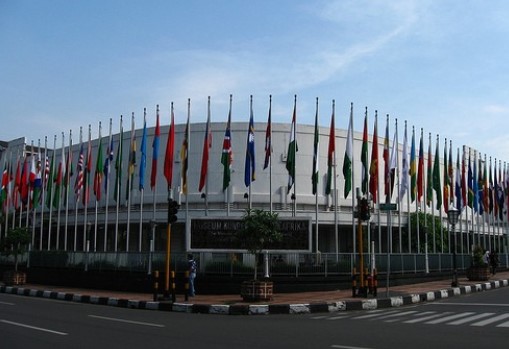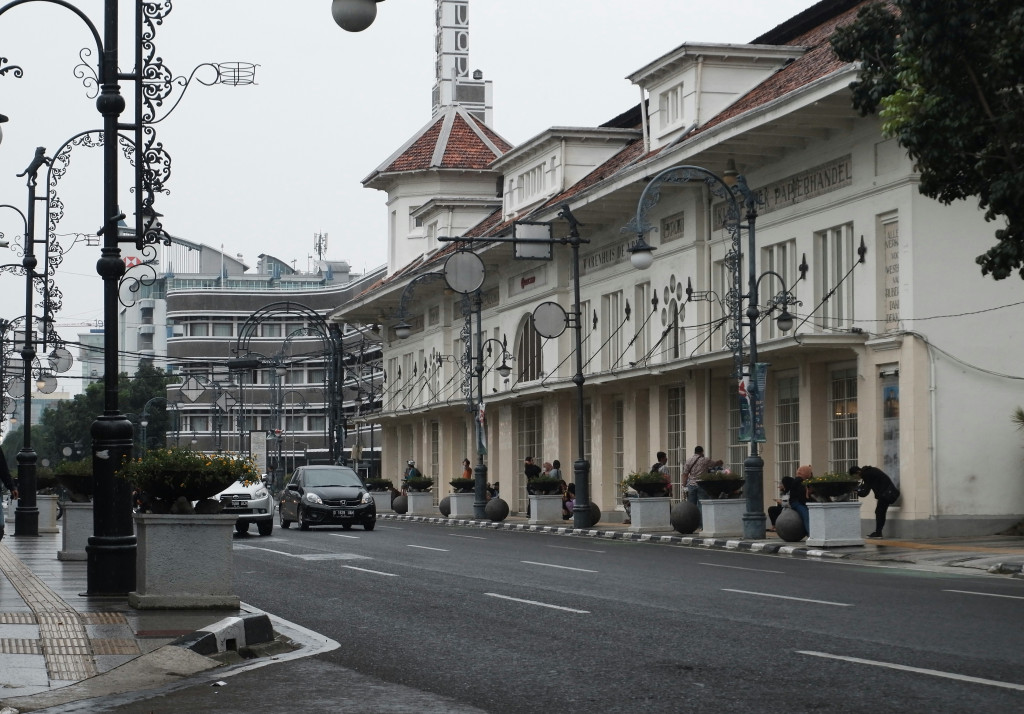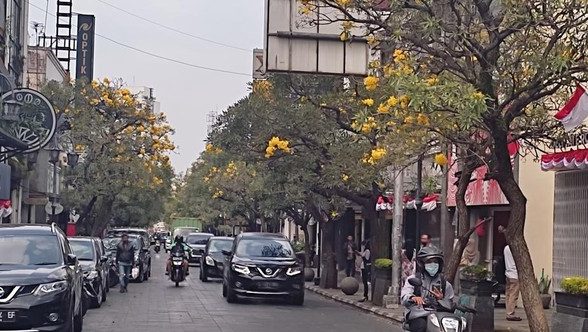
Asia-Africa
The Asian-African Conference in 1955 marked an important milestone in the history of Asian and African countries. The delegates from 29 participating countries gathered in Bandung, Indonesia to discuss peace, security and economic development in the midst of emerging problems in many parts of the world.
Fifty years after the conference, Indonesia successfully hosted the Commemoration of the Golden Jubilee of the Asian African Conference. The Spirit of Bandung was finally revived and plans were made for future cooperation between the two continents. All participants who gathered from the 22nd to the 24th April, 2005 in Jakarta and Bandung were convinced that the Spirit of Bandung endured as a solid foundation to nurture better relations amongst Asian and African countries and to work towards resolving global issues. The commemoration led to the creation of the New Asian African Strategic Partnership (NAASP). The result stated that Bandung was the capital city of Asia Africa Continent.

Classic Architecture
Bandung is home to numerous examples of Dutch colonial architecture; most notably the tropical Art Deco, dubbed New Indies Style. Henri Maclaine-Pont was among the first Dutch architects to recognize the importance of combining each architectural style with local cultural traditions. He stressed that modern architecture should interact with local history and native elements.
In 1920, Pont planned and designed buildings for the first technical university in the Dutch East Indies, Technische Hogeschool te Bandung (the present-day Institut Teknologi Bandung), after which he was named as a professor in architecture at the university. A striking local Sundanese roof style is clearly seen adorning the top of the campus’ ceremonial hall, embedded in his artwork.

The modern and native architectural blending was followed by several Dutch architects that have shaped the city landmarks. In the 1930s, Bandung was known also as the city of architecture laboratory because of the many Dutch architects who experimented with new architectural designs. Albert Aalbers added the streamline moderne style to the Art Deco by designing the DENIS bank (1936) and renovated the Savoy Homann Hotel (1939). C.P.W. Schoemaker was one of architects who strongly added native elements in his artworks, including the Villa Isola (1932), Hotel Preanger (1929), the regional military headquarter (1918), Gedung Merdeka (1921) and ITB Rectorate Building (1925)